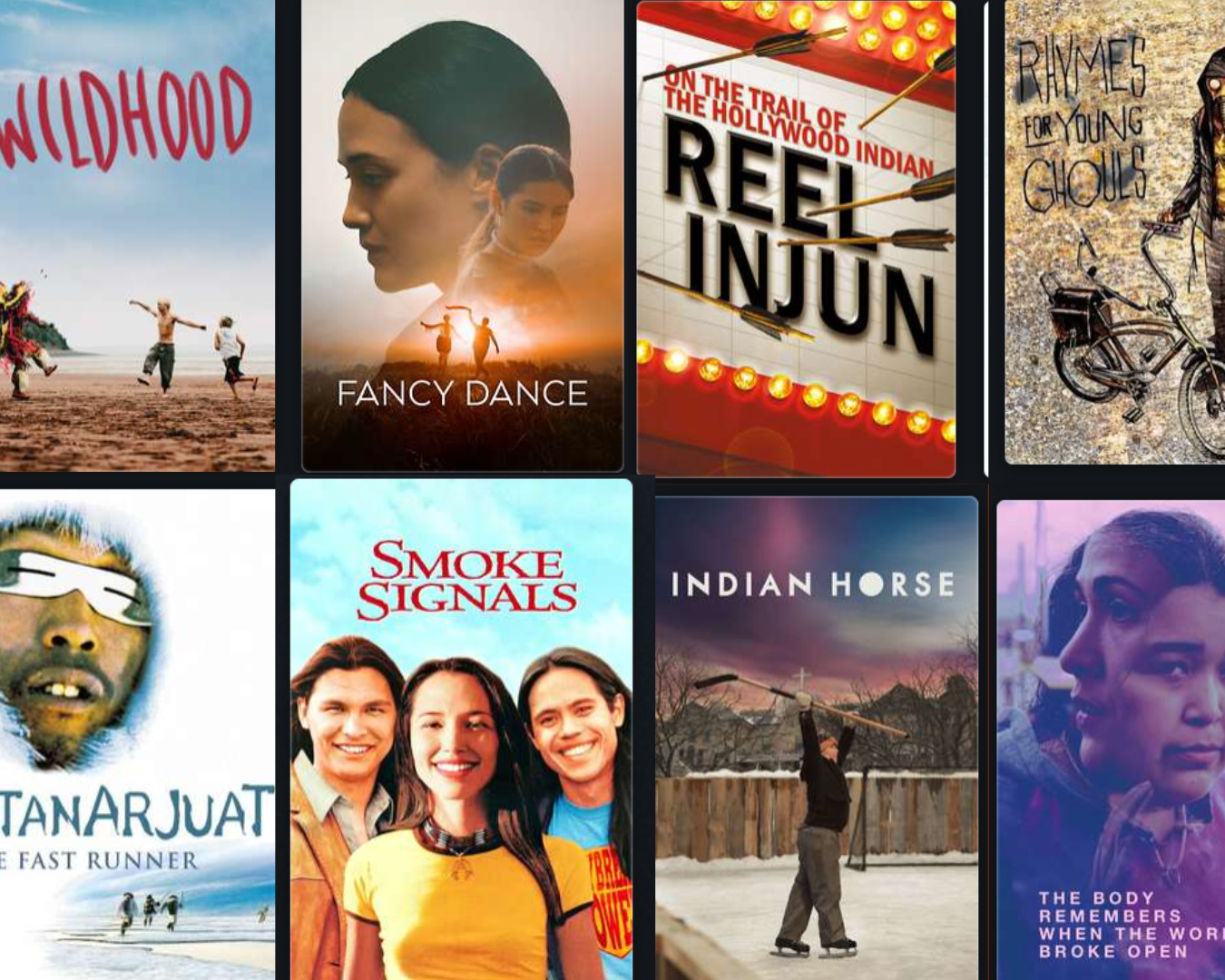Beyond Cowboys and Indians: Native Stories in Digital Culture
From Pop Culture to Native Culture

For decades, pop culture has boxed Native peoples into a narrow frame: the stoic warrior, the tragic princess, the vanishing relic of a so-called “Old West.” From black-and-white Westerns to blockbuster films, we were either background scenery or stereotypes—rarely the storytellers ourselves.
Fast-forward to today’s digital culture, and the same pattern often repeats. Social media algorithms reward caricatures. Streaming platforms offer a handful of Native stories while endlessly recycling the same tropes. Even AI image generators spit out headdresses and teepees when prompted with the word “Native.”
But here’s the good news: we’re not waiting for Hollywood or Silicon Valley to catch up. Native creators are rewriting the script—and doing it on our own platforms, in our own voices.
From Pop Culture to Native Culture
When most people think of “Native stories,” they still imagine cowboys and Indians shootouts or feather-and-fringe Halloween costumes. This flattening of identity robs everyone of the chance to see Native peoples as what we’ve always been: artists, innovators, futurists, and everyday people with layered, complex lives.
Today, digital spaces are finally making room for Native creators to push back. On TikTok, Native comedians rack up millions of views by satirizing stereotypes. In gaming, Indigenous designers are building characters and worlds rooted in tribal traditions instead of colonial myths. And in film and television, shows like Reservation Dogs and Prey are proving that Native talent belongs in front of—and behind—the camera.
Tech as a Battleground
Technology is shaping who gets to be seen and heard. But the same platforms that minimize Native presence also offer tools for reclamation. Native artists are experimenting with AI art to visualize futures beyond colonization. Storytellers are using YouTube, Twitch, and podcasts to bypass gatekeepers. Coders are building apps and games rooted in Indigenous knowledge systems.
Technology is shaping who gets to be seen and heard. But the same platforms that minimize Native presence also offer tools for reclamation. Native artists are experimenting with AI art to visualize futures beyond colonization. Storytellers are using YouTube, Twitch, and podcasts to bypass gatekeepers. Coders are building apps and games rooted in Indigenous knowledge systems.
These acts aren’t just creative expression—they’re cultural survival. Every meme, short film, or digital illustration is part of a broader refusal: we will not be reduced to stereotypes, and we will not be erased.
What the Digital Sovereignty Project Stands For
The Digital Sovereignty Project exists to amplify this shift. Our goal isn’t just to critique how Native peoples have been misrepresented—it’s to build the infrastructure where authentic Native creativity thrives.
That means:
- Platforms, not permission slips. Helping Indigenous creators carve out spaces that don’t rely on corporate approval.
- Tools for the future. Training the next generation in coding, AI, and digital storytelling so they aren’t just participants in tech culture—they’re leaders shaping it.
- Stories that travel. Ensuring Native voices are not confined to cultural sidebars, but are centered in the narratives of gaming, film, design, and digital art.
The Future Isn’t a Western
Native peoples are more than the tropes handed to us. We are glitch artists, coders, screenwriters, designers, gamers, and innovators who thrive in the spaces once used to erase us.
Digital culture may still try to flatten us into cowboys and Indians, but the reality is undeniable: we’ve always been here, and we’re already creating what comes next.
The question isn’t whether Native stories belong in digital culture, it’s whether the platforms we use will evolve quickly enough to keep up.